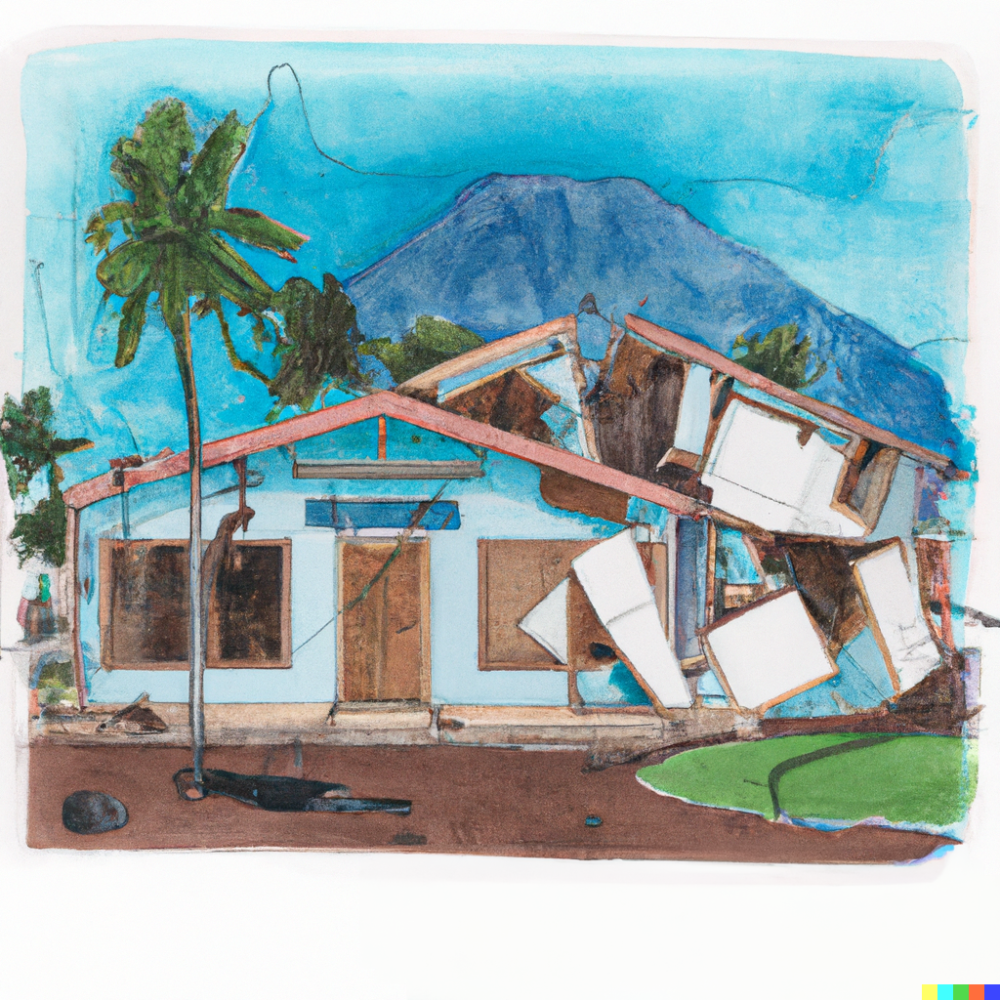In this blog post, we will explore how architects can use building for resilience to protect Hawaii from the increasing frequency and intensity of natural disasters, such as hurricanes, floods, tsunamis, and earthquakes.
Hawaii is a beautiful place to live, but it is also prone to natural disasters such as hurricanes, floods, tsunamis, and earthquakes. The frequency and intensity of these events are increasing due to climate change. Therefore, building for resilience is becoming more critical than ever before. Architects can play a vital role in designing buildings that can withstand natural disasters and protect people’s lives and property. In this blog post, we will discuss how architects can help protect Hawaii from natural disasters by building for resilience.
Building for Resilience: Understanding the Concept
Building for resilience is a design approach that emphasizes the ability of buildings and communities to withstand and recover from natural disasters. It involves integrating a range of design strategies and technologies that aim to enhance the durability, safety, and adaptability of buildings to changing environmental conditions. Building for resilience can help minimize the risks of natural disasters and their impacts on people’s lives and property.
Design Strategies for Building for Resilience
Architects can use various design strategies to build for resilience. Here are some examples:
- Site selection: Architects can choose sites that are less vulnerable to natural disasters, such as high ground for flooding, away from fault lines for earthquakes, and not in hurricane-prone areas.
- Building materials: Architects can use materials that are resistant to natural disasters, such as reinforced concrete, masonry, and steel.
- Building codes: Architects can design buildings that meet or exceed local building codes and standards for natural disasters.
- Building systems: Architects can incorporate building systems that are resilient to natural disasters, such as earthquake-resistant structural systems, fire-resistant building systems, and wind-resistant building systems.
- Sustainability: Architects can design buildings that are sustainable, energy-efficient, and use renewable energy sources. This can reduce the environmental impact of buildings and help mitigate the effects of climate change.
Examples of Resilient Buildings in Hawaii
Several buildings in Hawaii have been designed for resilience to natural disasters. Here are some examples:
- Kuhio Park Terrace: This housing project in Honolulu was designed to be hurricane-resistant. It has a reinforced concrete structure, impact-resistant windows, and a backup power system.
- West Maui Hospital: This hospital was designed to withstand hurricanes and earthquakes. It has a reinforced concrete structure, elevated foundations, and a backup generator.
- Pali Highway: This highway was rebuilt after being destroyed by a landslide in 2019. The new highway has a rockfall protection system, retaining walls, and slope stabilization measures.
- Kilauea Lighthouse: This historic lighthouse on the Big Island was renovated to withstand earthquakes and tsunamis. It has a reinforced concrete foundation, new doors and windows, and a backup generator.
Building for Resilience: Conclusion
Building for resilience is an essential design approach for architects to protect Hawaii from natural disasters. It involves using various design strategies and technologies that aim to enhance the durability, safety, and adaptability of buildings to changing environmental conditions. Architects can choose sites that are less vulnerable to natural disasters, use materials that are resistant to natural disasters, design buildings that meet or exceed local building codes and standards for natural disasters, incorporate building systems that are resilient to natural disasters, and design buildings that are sustainable and energy-efficient. The examples of resilient buildings in Hawaii show that building for resilience is not only possible but also necessary to protect people’s lives and property. Therefore, architects must continue to prioritize building for resilience in their designs and work closely with clients, engineers, and contractors to ensure that buildings are safe, durable, and adaptable to natural disasters.
 Copyright secured by Digiprove
Copyright secured by Digiprove 
